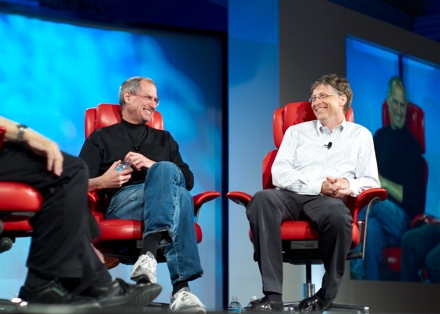The training should include five strong points:
- what to say
- what not to say
- what to look like
- possible questions
- rehearsal
Let's look at each item in detail.
1. Do not try to write a perfect speech text, for the spokesperson will not be able to reproduce it with 100% accuracy. Try to be close to the genre of business conversation. It is best to write a succinct plan that the spokesperson can look into during the performance, but never sight-read! Discuss with the CEO what kind of information should be made public, why, and what its informative value is. Often, people who are not involved in the scope of your activities fail to interpret certain facts unambiguously. The speech should be clear, and the facts, easily digestible. If you make a comparison, make it clear what you are comparing. Indicators of this year versus the previous ones. Growth in the second quarter relative to the first one or to the same period last year.
Spice the text up with interesting remarks, quotes or appropriate jokes, use your intonation. Watch some speeches of your Western colleagues: foreign schools have a lot of training hours for oratory, so the performance of the spokespersons is always interesting, alive, they keep the audience's attention focused and never let anyone fall asleep at a press conference.

If you are asked a question that is difficult to answer, you can "return" it to the person who asked it. Ask them, for example, to clarify what they meant, or to explain the wording, so you can take advantage of the pause to think about the answer.
Consider a few interesting phrases that could become the headings of articles, let them be used by the spokesperson: reporters will work with the existing material, and you'll protect yourself to a certain extent against incorrect creativity.
If it is a performance on the radio or participation in a TV show, check out the archive of it to understand what the conversation is like, what pitfalls can be expected from the hosts, what the most appropriate presentation format might be.
2. When preparing the speech, avoid professional slang and overcomplicated grammar, too many figures. It would be better use the figures in a presentation, or in a separate file that can be included in the press kit.
Determine the taboos, i. e. the information that in no case should be revealed to visitors, students or journalists. It can be not only trade secrets, but also information about a new project that will be presented to the public later. The information should be given in doses, otherwise no news topic will yield 100% results.

3. The appearance of the spokesperson must be appropriate. As a rule, in business communications business or casual style is preferable, unless special dress code has been marked. The PR specialist is to see the area on the eve of the event to see the background where the spokesperson will be speaking, and, based on this information, give advice on the appearance. A spokesperson in a beige suit will be "lost" in a beige background, so it's best to choose contrasting options. Try to avoid the glare of fabrics, prints in small stripes or brat checks, for it can create a moiré effect when photo and video shooting.
An open stage is a test even for an experienced spokesperson. Attention: men's socks must be high, bare legs should never be seen from under the pants. For ladies, it is better to give preference to elongated skirts. Avoid cozy home postures, such as the legs one on the other - the spokesperson position is to be calm and confident, feet on the floor.

If a video interviews is being conducted in a conversation while standing, not sitting at a desk, exclude "parasite" movements - swinging, waving hands, monotonous nodding. The ideal position of the spokesperson is a straight posture, head slightly tilted, hands are either quietly along the body or holding glasses, a pen, a documents folder, but no way in the pockets.
The posture is just as important when the interview is being recorded on camera at the office desk. The spokesperson shouldn't lean back in the chair, put an arm lock on their stomach, prop his chin with a hand – rule out his hands being by his face.

4. Prepare a list of questions that the audience may ask. Most likely, you have written down the questions that you would like to hear, so now add the ones that you wouldn't like, for they will certainly come up. Keep in mind the most unpleasant fact from the company's history, its weakest point, and think what the spokesperson can answer if they are asked about it.

5. Create a model of the situation and video record the conversation. Thus, the spokesperson will be able to self-assess and correct their mistakes. Rehearsal is particularly important prior to participation in a TV show, for air time is limited, the spokesperson should express their thoughts briefly and clearly, without deviating from the topic or filling pauses with "er" and "um". They have 15 seconds per idea. Interrupt the spokesperson, ask unexpected questions, which is standard situation for an interview, so they should not be lost and lose the thread of conversation.
Work with the camera. Take a few snapshots, define the most successful angles and poses for the photoset.





